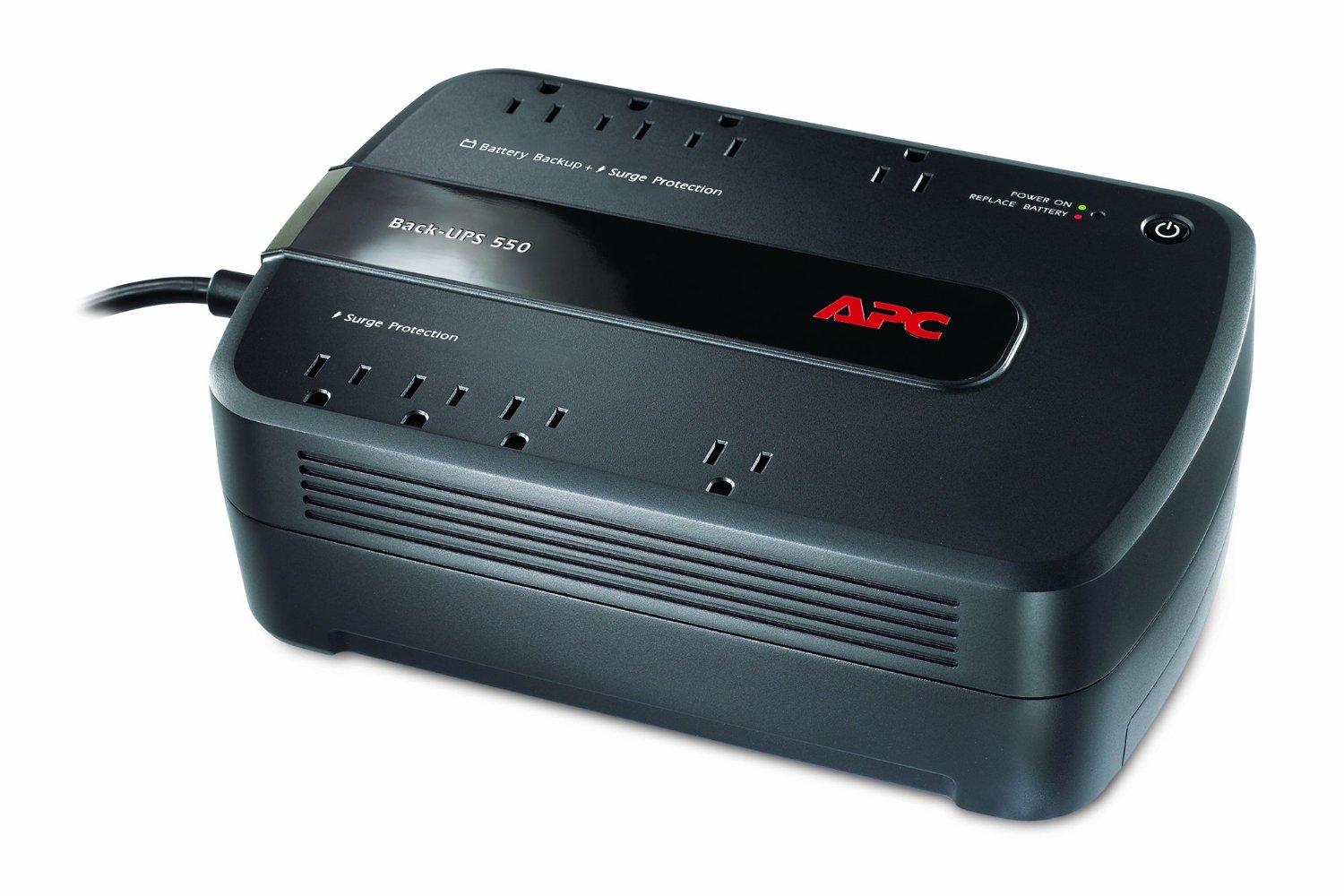
Power to the People
By Wayne Maruna
Scenario 1 - It’s a gloomy day in New Bern, and the weather forecasters are cutting themselves some slack by calling for 50% chance of showers. Somewhere, lightning we can’t see occurs, but the audible thunder follows, along with the inevitable dimming of lights and brief loss of power, just enough to shut down the desktop computer, monitor, modem, and router while you’re half way through a document you were preparing. And you mutter “Of course!” (along with another choice word or two).
Scenario 2 – It’s a beautiful sunny day in New Bern, and you’re working your way through another document when all of a sudden the lights dim and the power cuts out just long enough to turn off the desktop computer, monitor, modem, and router. And you ask “Why?” (along with another choice word or two).
Both those scenarios happen with exasperating frequency. In fact, I’m writing this article in the wake of a series of Tabmails occurring over the last couple of days. “Did anyone else’s power just go off?” “Yes, ours did on Neuchatel.” “Yes, ours did on Arbon.”
I can’t recommend anything to stop the occasions of these brief power glitches, but I can tell you how to alleviate some of the annoyance by making sure all your expensive computer equipment is fed its electricity by an Uninterruptible Power Supply, better known as a UPS.
I wrote about the use of a UPS in my Taberna Tribune article of December, 2005. Here is a link to that article: http://pages.suddenlink.net/wamaruna/ups.html I read that article again in preparation for writing this one so as not to be too repetitive. It was surprising to me that over thirteen years little of what is in that article has changed. Statistics suggest that the average American moves every five years, so I would imagine there has been a substantial amount of Taberna resident turnover since that article was written. As a result I don’t think it is wasted ink to cover some of the information again.

By putting a UPS between your wall outlet and your equipment, you protect your equipment in at least three ways. You guard against power surges, as UPS units contain better surge protectors than your big-box store power strips. You also guard against power sags (brownouts), with the UPS using its battery to fill in the missing power. And of course you have battery backup to instantaneously guard against loss of power. How long that battery can keep your computer, monitor, modem, and router powered on depends on the capacity of the UPS, but at a minimum, it should provide enough time to initiate a graceful shut down.
The big brand names in the UPS market are unchanged from my 12/05 article: APC by Schneider Electric, Tripp Lite, and CyberPower. A decent home unit will provide between 425 and 600 VA (a measure of backup power) with a cost range between $45 and $100. The more you’re willing to spend, the longer the backup time provided, generally speaking. Vendors for UPS units are the usual suspects: Amazon, Staples, Walmart, Best Buy, and most any store that dabbles in computer equipment.
In addition to having UPS units serving all my computer equipment, I also have a fairly large capacity unit hooked up to my main TV, receiver, TIVO, and DVD unit. If the power cuts out while we are enjoying a good show, it’s a non-event, plus I have added confidence in knowing my equipment is better protected against nearby lightning strikes, although a lightning surge has also been known to enter a house through internet and TV co-ax cable, so you’re rarely completely safe. If the UPS units can get me through ten minutes without city power, my whole house generator will turn on and provide reliable backup power. But that’s a whole ‘nother investment. Most times here in New Bern, the UPS units will suffice to keep you connected to the outside world.
It’s not a big deal to install a UPS unit. They usually come with one battery wire detached, so you just connect that, then plug the UPS into the wall outlet, and finally plug your equipment into the UPS. Each UPS usually has a bank of outlets marked “Surge Only” and another marked “Battery Backup and Surge.” You’d hook your computer, monitor, modem, and router into the latter bank, and your printer and any other devices into the Surge Only bank. So look for UPS units that support four Battery Backup plugs.